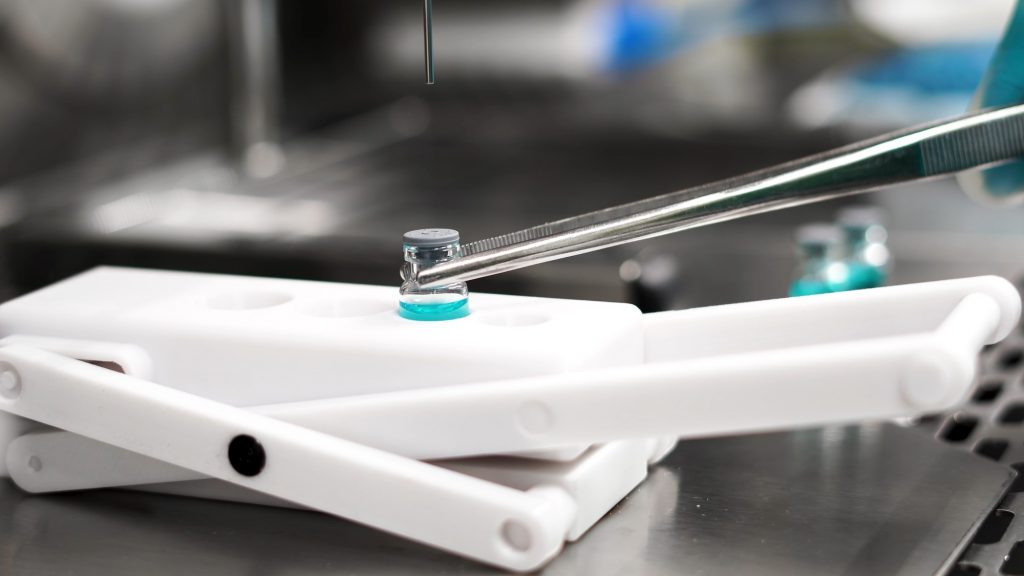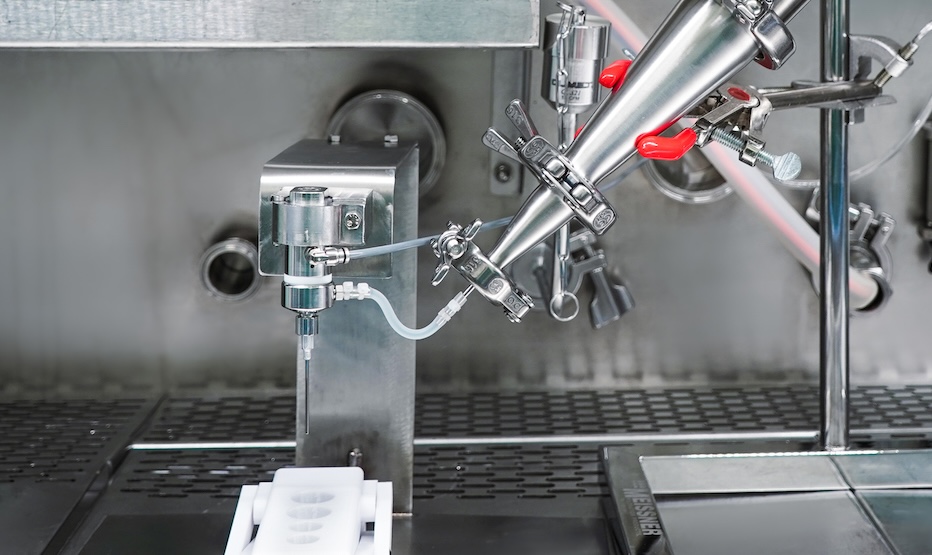While direct-to-patient distribution is a key component of decentralised trials and use continues to grow within protocol designs, many sponsors are encountering challenges around its implementation.
Decentralised clinical trials experienced a dip in 2022, largely driven by sponsors seeking to re-establish continuity with their trials after significant disruption during the pandemic. The pandemic has left many sponsors offering this distribution model as a business continuity plan, which has led to the rise of DTP/DCT use again. However, by the end of 2023, GlobalData estimates the incorporation of decentralisation components as part of clinical trial strategies will rise to 17%, surpassing the peak activity observed two years prior.
FDA and EMA Guidelines for Direct-to-Patient Clinical Trials
Since 2015, the United States has dominated the DCT landscape. Now, the US Food and Drug Administration (FDA) is taking action to further support the use of decentralised trials in the country. In May 2023, the agency released new draft guidance providing recommendations for stakeholders of DCTs. Ultimately, the FDA believes that by reducing traditional barriers to participation, “DCTs will increase the breadth and diversity of participants in clinical trials and improve accessibility for those with rare diseases or mobility challenges.”
This comes just six months after the European Medicines Agency (EMA) published recommendations on the use of decentralised trial elements. The guidelines focus on three major areas: patient safety, patient and investigator inclusion, and risk-benefit evaluation. Above all, the EMA believes the patient’s perspective should guide DCT protocol development and recommends that DCT elements should be used only where fit for purpose.
Increasing Clarity with Direct-To-Patient Regulations
Regulations are clearly moving forward in major markets, helping to define areas that have been left in murky waters since the pandemic mitigations. Yet while new guidelines have clarified best practice in some areas, they have raised additional questions elsewhere.
One concern the industry continues to grapple with is how to get investigative medicinal products (IMPs) distributed direct-to-patient (DTP). According to a recent small-scale survey conducted by clinical supply service provider Sharp Clinical, 45% of pharmaceutical companies believe that clearer, DTP-specific regulations will be the biggest hurdle to improving this operation over the next five to seven years.
Sharp’s Michael MacNeir, VP, business development, has supported DTP implementations in 83 countries around the world, with more than 14 years of experience in clinical trial supply. Speaking about the recent survey results, he comments: “This has not changed much since I polled industry about eight years ago. The regulations around direct-to-patient are still grey and there is still subjectivity between authorities when approving DCT protocols.”
In the US, one grey area is the use of a depot or central pharmacy as the dispensing facility. According to MacNeir, interpretations of vague regulations have led to polarising opinions in the industry as to how to utilise this model. “About 50% of pharma feels that you really need a central pharmacy involved, because it’s a dispensing act. On the other side, many sponsors feel that it is not a dispensing act but a ‘pick and pack’ activity, and a GMP depot can be leveraged as long as controls are in place to ensure correct supplies go to the correct patient. Sponsors in support of a depot-to-patient model interpret the regulations that the site can provide a delegation of authority to enable a ‘pick and pack’ type of depot-to-patient operation, especially as many sites do not have pharmacies on premise.”
Direct-To-Patient Distribution: The Four Models
There are four types of DTP distribution model. The first is where IMPs are shipped from site to patient –an easy operation for sponsors to set up as sites can coordinate with their sponsor-contracted providers. Some even have their own logistics partners or the site themselves deliver to ensure patients receive their supply.
The second and third are central pharmacy to patient and GMP depot to patient.“There are some advantages with using central pharmacies and depots,” says MacNeir. “While sites are great at receiving product in, they’re not always great at packing product back up under temperature control. Both depots and central pharmacies can give you that security; you know the IMP is being packed in appropriate temperature conditions and then dispatched to the patient under strict controls to reduce risk of deviations with mishandling.”
Compared to a depot, one benefit of central pharmacies is their ability to support with pharmaceutical activities such as reconstitution. Along with complex pharmacy services, other sponsors consider this model to keep their supply chain distribution similar to their European distribution, which has historically required a central pharmacy to dispense to EU countries. These two factors contributed to why 44% of Sharp’s surveyed customers said they require a central pharmacy when performing DTP distribution.
A final, hybrid option involves sending IMPs from a site depot/CP to a home nurse, who then delivers it to patients at the time of their home visit. There are key advantages with this model. “There would be an additional check prior to administration by the nurse,” notes MacNeir. “And from a PHI perspective, there is less exposure by reducing the number of partners who have access to patient health information, because you’re shipping directly to the nurse who handles all the patient information on their end.”
Can DTP be automated?
Another hurdle to DTP’s adoption over the years has been the lack of automation in the process. Progress is being made here, with Interactive Response Technology (IRT) evolving to overcome its DTP-specific challenges.
“Right now, a lot of sponsors are leveraging DTP but it is still a work around for many with many manual moving parts,” explains MacNeir. “IRT has recently started to catch up with this distribution model. Early challenges have been related to dispensing at a site level vs DTP model. IRT needed to be configured to move from a site physically handing drug products to the patient, which was considered to be dispensed, to a delay until the proof of delivery has been signed by the patient at time of delivery.
“There was some work regarding technology to ensure that proof of delivery, temp data, and chain of custody was tied back to the site so the sponsor knows the product was delivered to the right patient in the right condition,” he continues. “I’ve also seen an uptick in requests of sponsors wanting IRT to transmit patient data, enabling their CP/depots to essentially pick and pack the appropriate kit and deliver it to the patient with less disruption to the site by having a second request to gather this information to complete the delivery. At Sharp, our IRT offers encrypted patient data, which means we can blind the patient information to protect patient confidentiality and reduce that burden on the sites.”
In addition to providing its Clinteract IRT solution, Sharp also offers the Clinventory inventory management platform suited to sponsors who do not require the randomisation and visit schedule management modules of IRT. These platforms complement the company’s wider offering of specialist clinical supply services, including DTP distribution from site to patient and depot/central pharmacy to patient.
Further advancements in direct-to-patient drug delivery are sure to come as regulations and technology catch up. As this area evolves, Sharp will keep building on the foundation of its direct-to-patient services, bringing the quality and reliability it is known for to the world of decentralised trials.
Sharp’s Direct-To-Patient Distribution Expertise
In summary, the evolution of patient-centric clinical trials through direct-to-patient distribution has overcome challenges. The pandemic-driven dip in decentralised trials was followed by a resurgence, supported by FDA and EMA guidelines prioritizing patient safety, inclusion, and the patient perspective. Innovative models like central pharmacies and nurse-delivered options enhance patient experience. Amidst evolving regulations and automation hurdles, industry pioneers like Sharp are advancing patient recruitment, retention, and overall trial experience. The trajectory remains promising for patient-focused decentralized trials.





